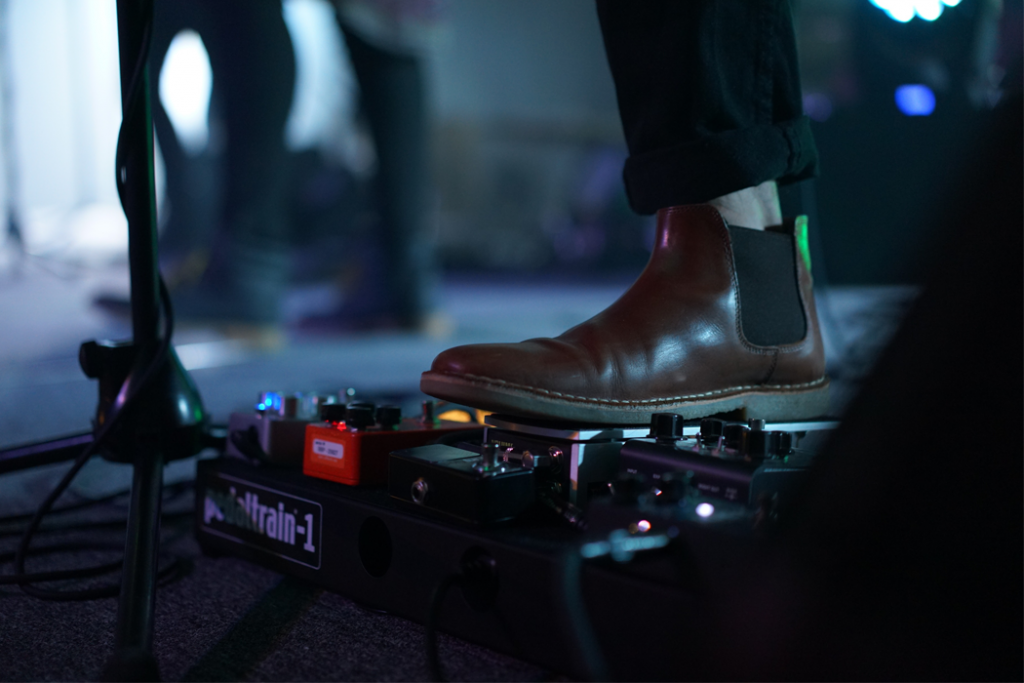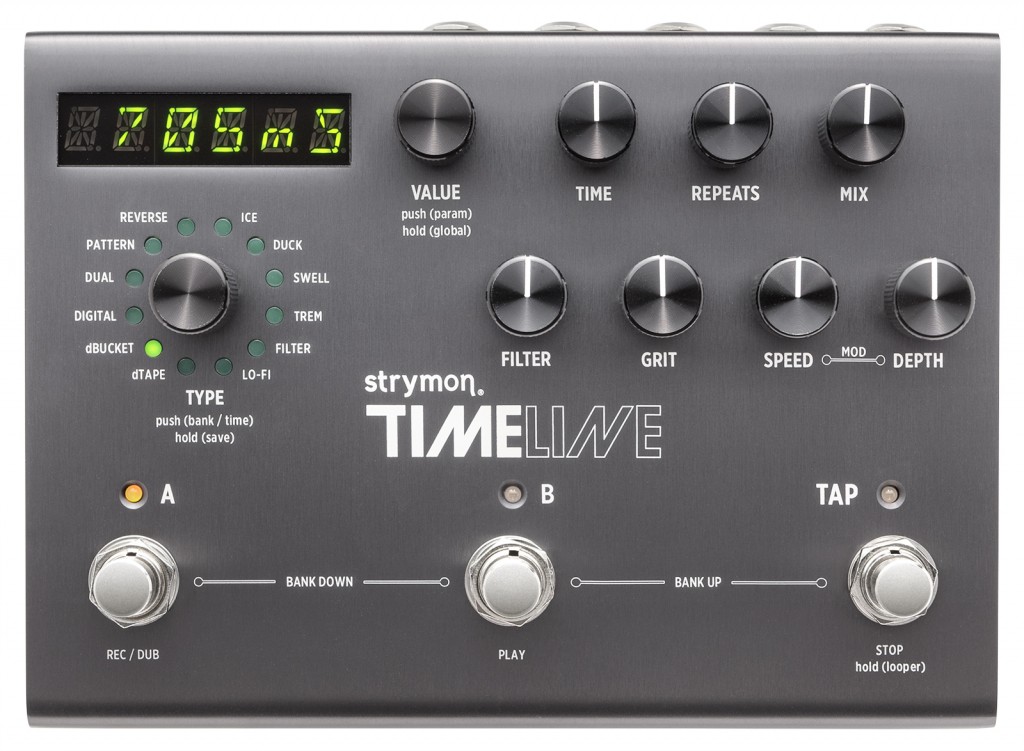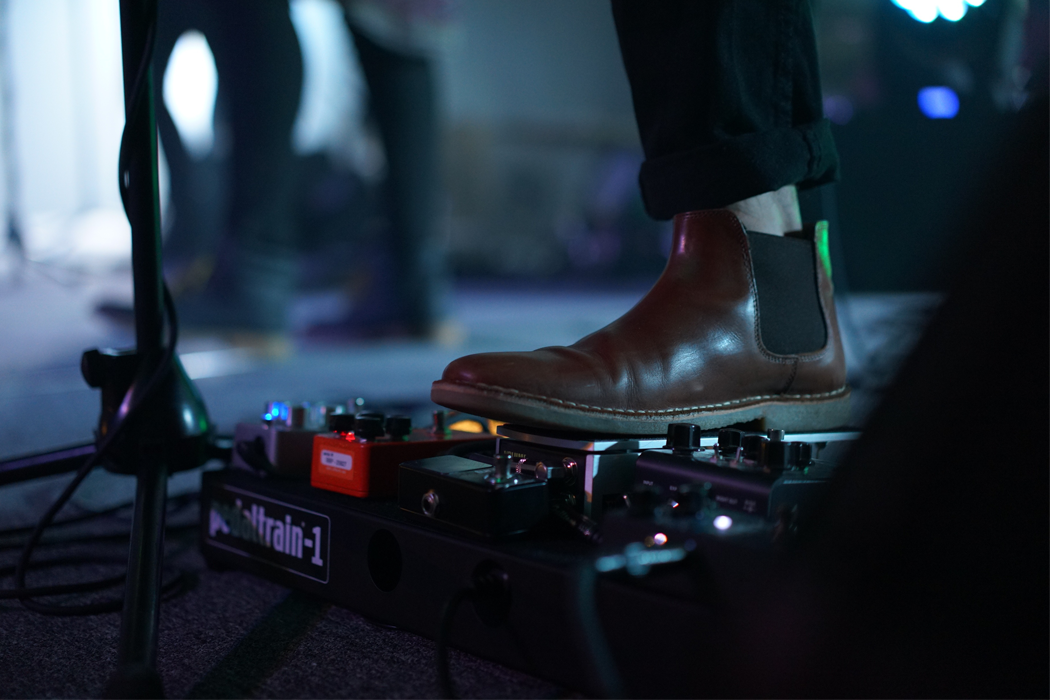
When it comes to playing an instrument, especially in a live setting, there are hundreds of different sounds you can create through the use of effects pedals. One of the most popular and versatile effects is delay. Dozens of major brands have produced stompboxes with settings and delay variations such as analog, digital, tape, tap tempo, swell, and much more. Below, we’ll talk a bit about how to integrate delay into your music making, and we’ll include a few of the most solid, modestly priced delay pedal reviews.
Need a delay primer? Check out this video.
One of the most unique traits of a delay pedal is its ability to allow the musician to utilize it as another form of instrumentation. Another major perk is that the effect can be used for guitar, vocals, keys, bass, and even drums! If you’ve ever been to a post-rock show, you will have likely seen all members clicking on delay to create ambiance and new sounds never heard in any other song.
Delay effects possess an extremely rhythmic nature that can translate into airy and atmospheric energies as well as super abrupt, high-speed bounce patterns. No matter what genre you play, you can employ a delay effect to enhance the overall dynamic of a song.
+ Read more on Flypaper: “Don’t Hit the Stage Without These Overlooked Heroes of Your Pedalboard”
Keeping Time and Setting the Pace
We all know that drummers aren’t machines, and let’s face it, not every band or artist needs a drummer. Tap tempo delay is particularly useful in a setting where drums aren’t present, the BPM isn’t entirely consistent — which often occurs when a click track or metronome is not being used — as well as in arrangements that contain frequent changes in tempo and time signature. The guitarist can simply tap his or her foot on the delay pedal’s tempo button to match the dominant rhythm (often kept by the percussionist) and morph the song at his or her discretion. This sort of control and variable gives off a feel that a secondary instrument is being played simultaneously with the guitar.
When writing and performing live music, delay can create exciting and unique opportunities in both melody and structure. Dotted patterns will produce an effect of multiple guitars while swelling and echo settings are typically softer with smoother trails that allow the sounds to bleed together for a more dreamy aesthetic. Oftentimes, it’s harder to decipher a guitar from a synthesizer when delay is in use!
Boutique vs. Big Names: Delay Pedal Reviews
Certain brands are especially popular in the world of delay, such as Line 6, MXR, and Boss. Yet while these brands that continue to show up most frequently on guitarists’ pedalboards, boutique brands like Strymon, JHS, and Earthquaker Devices all have a pretty impressive track record when it comes to experimental sounds and pattern complexity. Many pedals will include a built-in looper that allows the guitarist to record live samples and play them back on repeat to create multiple layers of riffs and chord progressions.
Line 6 DL4
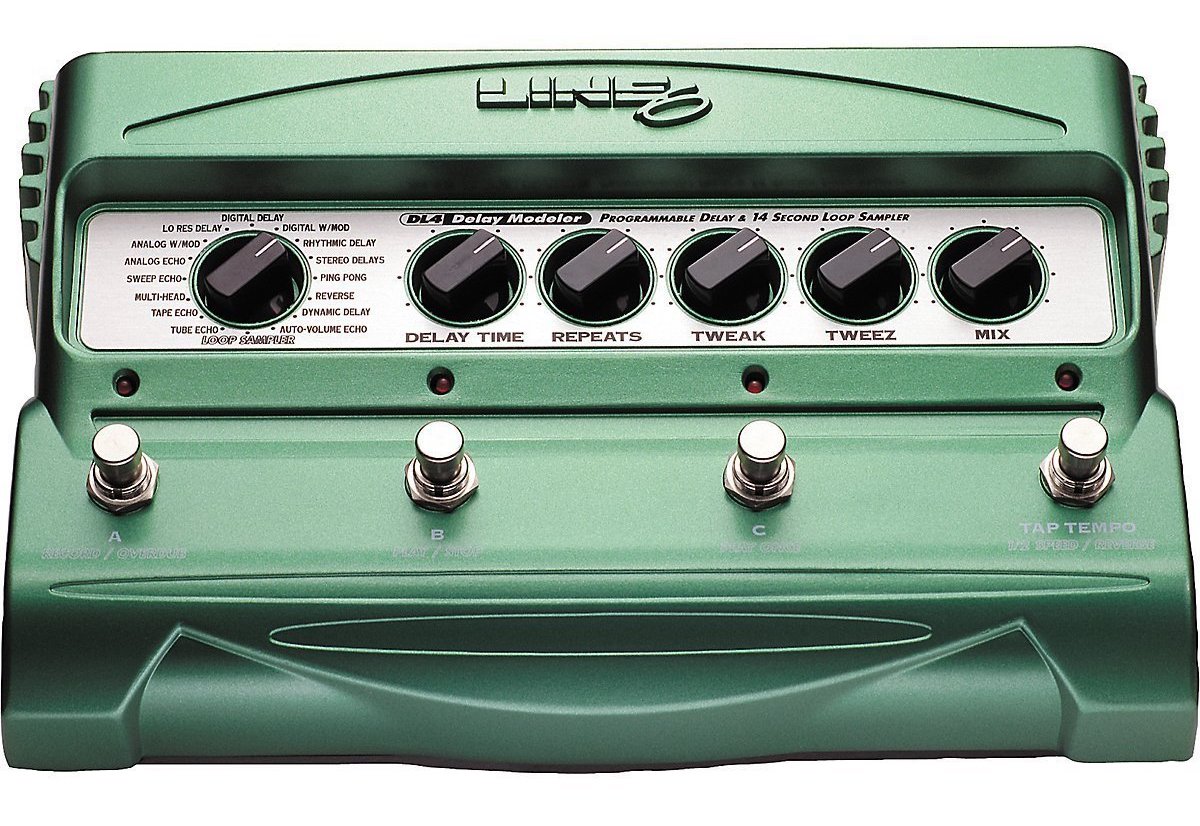
The Line 6 DL4 pedal has been around for years and is the iconic bright green casing that can be found on just about any pedalboard. It’s reliable and has an easy-to-use tap tempo for adjusting mid-song. In terms of effects and customization, the DL4 is nothing fancy, but it gets the job done and has essential settings including tape echo, tube echo, analog echo, stereo delay, reverse, and much more. They are easy to come by and at a relatively low cost given the popularity and efficiency.
Strymon Timeline
Strymon’s Timeline Delay pedal is the gorgeous brainchild of a former company known as Damage Control and the current Strymon moniker. It’s a complex yet magical pedal that offers 100 banks of customizable presets as well as a built-in looper. Many musicians have joked about the pedal being more of an additional band member or an instrument of its own as opposed to a guitar accessory. It is multi-faceted and commonly used for ethereal vocal effects, stunning keyboard enhancement, and haunting guitar riffs.
While there is a quick start guide to the Strymon Timeline, it takes months to cultivate a relationship with the pedal and master those icy swells and tones. It’s all worth the wait!
MXR Carbon Copy Analog Delay
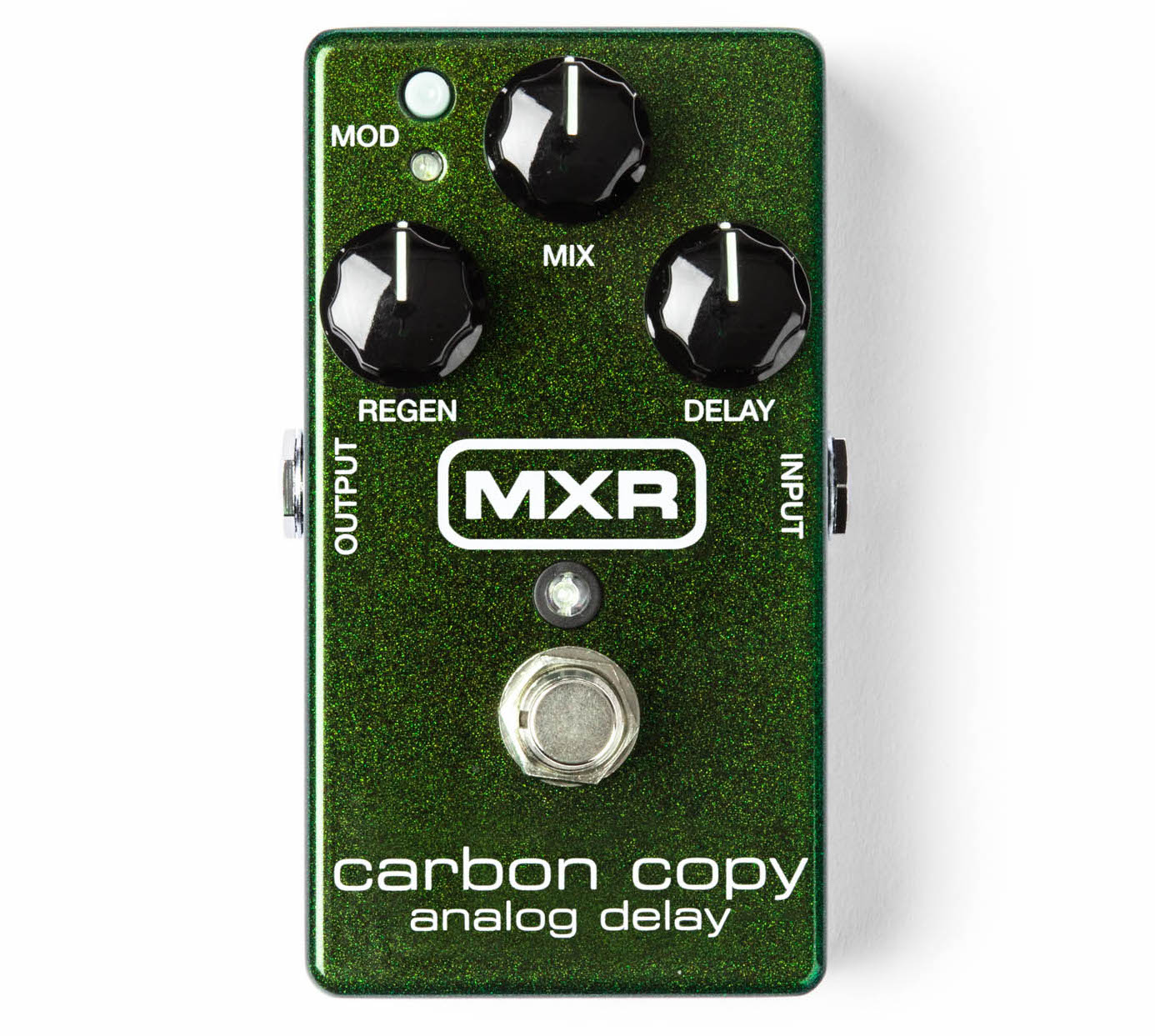
The MXR Carbon Copy Analog Delay is a simple pedal that packs a punch. It has been ranked as one of the top pedals under $200 by several publications. With just three knobs, the pedal’s gorgeous tone can be found in the adjustment of regen, mix, and delay. The compact design tucks in nicely along the board and offers up to 600ms of delay time. It is the ideal delay pedal for any musician seeking a little bit of majesty with a modest price and operative nature.
+ Read more on Flypaper: “The Art of Being an Organized Guitarist”
Choosing the right delay pedal takes time for the serious songwriter and performer, but they all essentially work the same in terms of time, repeats, and speed. The best advice for beginning users is to start small and become comfortable with delay as its own instrument before diving into a world of customizable presets and sound banks.
Once you’ve nailed down the basics, you’re free to explore uncharted territory of ethereal sounds and textures while creating seamless transitions in your set. Use tempo, tone, and a bit of harmonic theory to create lush, emotional music in our new, month-long, mentor-assisted course Unlocking the Emotional Power of Chords.
—
 Dave Marcello is Director of Marketing for ReverbNation, where over four million artists have jumpstarted their careers with wider exposure, better feedback, and deeper industry access. He’s also a kinda-crappy-but-still-trying skater and surfer.
Dave Marcello is Director of Marketing for ReverbNation, where over four million artists have jumpstarted their careers with wider exposure, better feedback, and deeper industry access. He’s also a kinda-crappy-but-still-trying skater and surfer.
